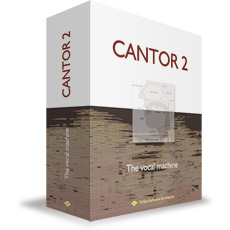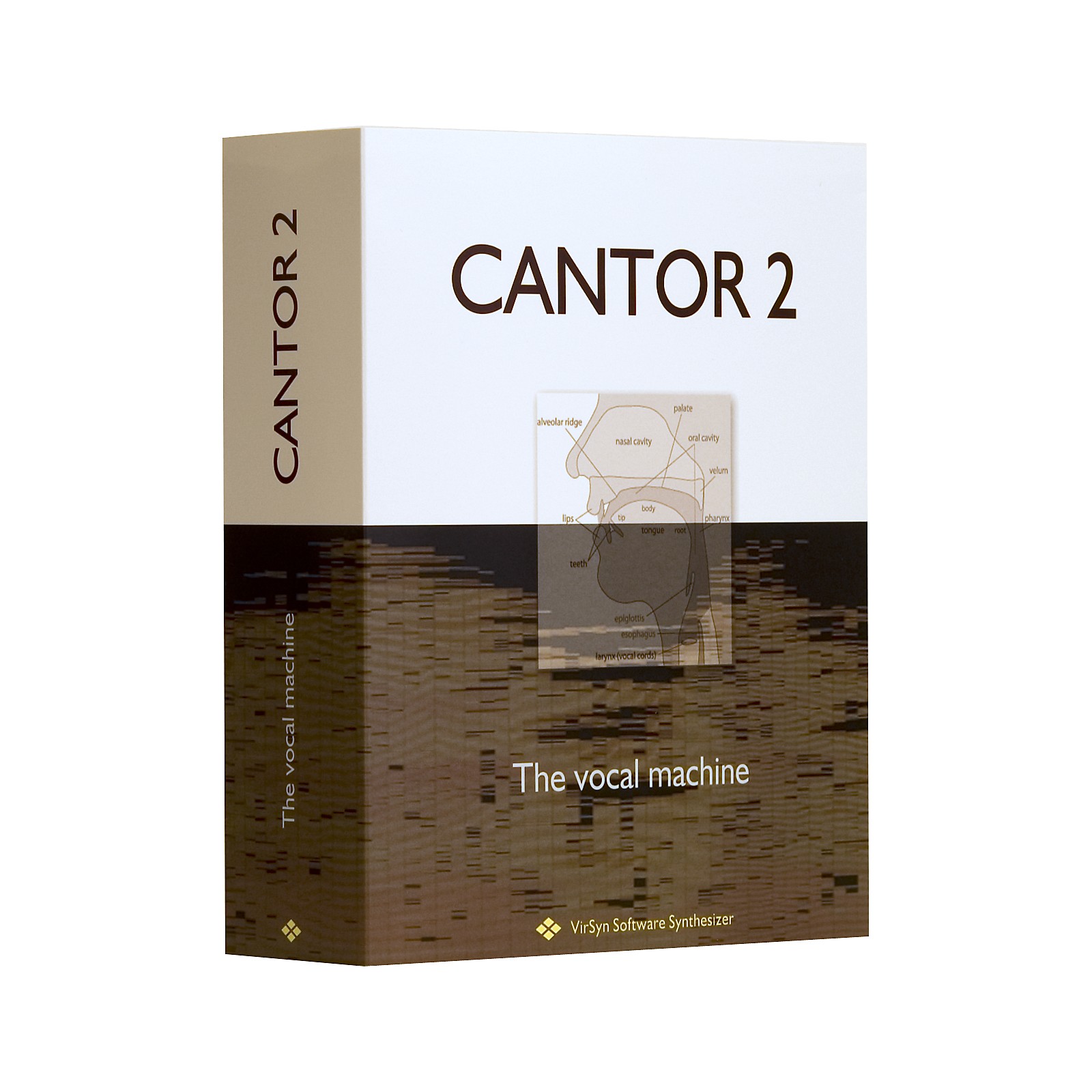

However, this isn't through any fault of the program itself: the trouble is that it's inherently difficult to design a voice from the ground up - most of us simply don't have the knowledge or patience for it. This amounts to a considerable level of control, but we have to say that the results can be a bit hit and miss. You can manipulate the frequency spectrum by drawing in the partials and also adjust the breath by working with the noise graph. Anyone who's used VirSyn's Cube will be at home with the Voice page, which comprises of two windows and an array of knobs. To get deep into the sound design side of things, though, you need to access the Voice page. You can select the tempo and make basic changes to the vocal timbre right from the Score page, while gender, glide time, breath and other options can also be adjusted. Once you've entered your notes and lyrics, they can be played back via standard transport controls.


We can't overemphasise the significance of these additions: the pitch envelope enables you to easily and intuitively create both subtle pitch fluctuations and the sweeping, bent notes that are typical of good vocal performances, while volume envelopes allow you to create dynamic expression. Clicking on these reveals fully flexible envelopes that can be manipulated to produce realistic vibrato and dynamic changes. You get the same allotment of tools as before (selection, pencil and erase tools are all available) but the Score page contains a couple of very important additions in the form of pitch and volume buttons. Once typed, phonetic representations of the words are shown beneath them. Notes are drawn into the score in the usual fashion, and syllables and words are typed above the horizontal blocks that represent each note. The Score page still looks like a piano roll, and alternative pages are accessed via tabs along the left-hand side. Initially, Cantor 2 seems identical to its predecessor. If you adjust your expectations, though, you may find a formidable ally. What should be said, however, is that Cantor 2 is most emphatically not being sold as a substitute for a real singer, so if you approach it in the hope that it is, you'll undoubtedly be frustrated. A variety of improvements have been made to the interface and also to the intelligibility and level of realism. Fortunately, the new and updated Cantor is far easier to get to grips with.


 0 kommentar(er)
0 kommentar(er)
